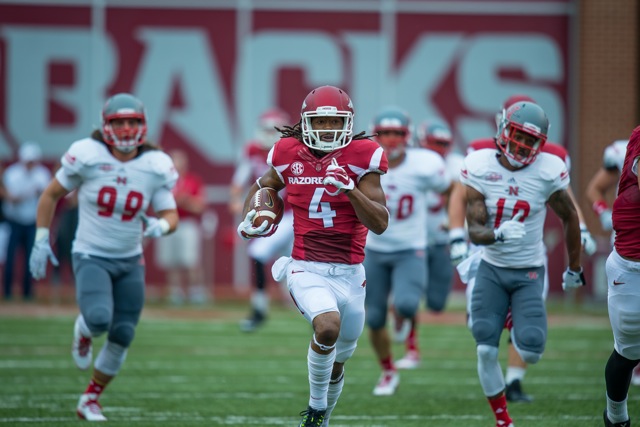Nov 21, 2016Gut Reaction

New research indicates that foods affect everyone differently. As a result, some athletes may fuel more efficiently with non-traditional foods — think pizza and white rice. And gut bacteria could be the key to predicting how people will respond to certain items.
To come to this conclusion, immunologist Eran Elinav, MD, PhD, and computer scientist Eran Segal, PhD, both from the Weizmann Institute of Science in Rehovot, Israel, tracked 1,000 people for a week each over the course of two years. As was expected, participants’ blood-glucose levels were affected by the foods they ate — carbohydrates increased blood sugar, while fats decreased it. Adding to that, the research showed a great deal of variation for how food impacted each person.
“Some individuals can eat a bowl of ice cream or a piece of pizza and have very low blood-glucose responses,” Segal told Outside. “We also found that foods like rice, in those same people, can significantly raise blood-glucose levels.”
During their research, Elinav and Segal identified 137 biomarkers that influenced individual responses to foods. Along with items such as cholesterol and physical activity, gut bacteria was an important factor on their list.
“We found that microbiome analysis is very predictive of which foods will cause glucose responses,” Segal said.
Factoring in gut bacteria, Elinav and Segal developed an algorithm to predict which foods would lead to spikes in blood-glucose levels for an individual. The algorithm is being used by a DayTwo, a new company launched last year in collaboration with Elinav and Segal. It is the first to use clients’ gut bacteria to recommend specific meals to maintain normal blood-glucose levels.
Although Elinav and Segal are taking a new approach with this algorithm, some nutritionists and athletes are optimistic about its utility. One important take-away could be that traditional sports performance fuel, like bars and gels, may not be necessary for some athletes.
“This information could allow people to just eat white rice instead of defaulting to a sports product,” said Pratik Patel, MS, RD, CSSD, Director of Sports Nutrition at the University of Oregon. “It could also drive companies to create products with different types of carbohydrates that cater to individual needs.”
Furthermore, this type of approach would help with daily fueling. With many athletic departments emphasizing an increased focus on nutrition, this could be pivotal.
“This type of information would let us tailor meals to individual athletes,” said Patel. “We’d know which foods an athlete could eat to keep their energy levels high and which they should avoid to prevent a spike and then a crash.”
The association between gut bacteria and blood-sugar levels isn’t without critics, however. Before buying in, some believe that more research is needed to examine other gastrointestinal factors.
“I can think of no other instance in which the complexity of the microbiome can predict a relatively basic physiological response such as the rise in blood glucose,” determined David Jenkins, MD, PhD, DSc, a Professor in the Department of Nutritional Sciences and Medicine at the University of Toronto.



